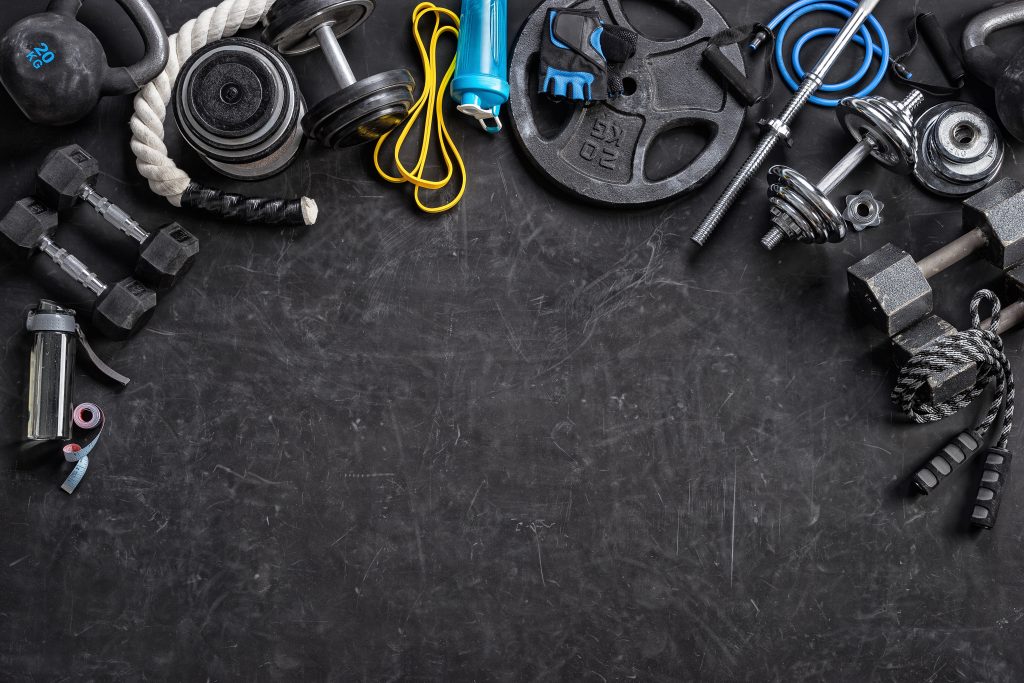Today’s guest post by San Diego based personal trainer, Scott Hansen, is quite fortuitous.
- I’m in a bit of a writing funk and this, for better or worse (likely the latter), allowed me to lean into my procrastinating ways. Thanks Scott!…;o)
- I posted my own version of Skater Squats yesterday on IG HERE.
- Pretty badass, huh?
- Adding chains to any exercise make it more badass.1
Anyway, check out Scott’s tweaks below. I think you’ll dig em.

5 Ways to Upgrade Your Skater Squats
There’s more to building strong, powerful legs than just traditional barbell squats and deadlifts.
Note From TG (cue Southern Belle drawl): I do say kind sir, I have never heard such blasphemous shenanigans uttered in all my life. I feel a bit of faint coming on.
Someone.
Catch me.
CATCH ME!
While those movements certainly have their place, you know by now not to skimp on single leg work.
Single leg exercises are going to help you work out imbalances between sides, improve coordination, balance, stability, and athleticism, while helping to make you more resistant to injury.
Single leg work can be divided into two categories:
- Supported – As in a lunge or rear foot elevated split squat
- Unsupported – As in a single leg deadlift or skater squat
Both categories are sagittal plane dominant, meaning the body moves from front to back.
But when you do unsupported single leg exercises, the need to resist motion in the frontal and transverse plane increases significantly. You need to call in your adductors, glute medius, minimus, the intrinsic muscles of the foot, and your core musculature, to a larger degree.
The best single leg exercise is the skater squat.
Why?
Because just like with every other exercise in the world, progressive overload is the name of the game. Of all the unsupported single leg exercises, skater squats allow the greatest range of motion and the most loading potential.
Not quite a single leg squat and not quite a single leg deadlift, skater squats are the ultimate hybrid. They build lower body strength and add size to your quads and glutes, without beating up your back, hips, or knees.
The only problem with them is most people don’t want to do skater squats because:
- They take a little bit to get the hang of the technique, and
- They are really hard and humbling.
Here’s How to Master Them
1. Use a Counterbalance
Use 2.5 or 5 pound weights in your hands as a counterbalance, and squeeze a tennis ball between your hamstring and calf on the non working leg. This will help keep the back leg in a better, tighter, position and keep you from turning it into a reverse lunge.
2. The Rest
- Reach with your hands slightly across an imaginary line coming out of your middle toe of the working leg and towards the wall in front of you as you lower your back knee down to a pad without letting your back foot touch the ground.
- Then, use your hands like ski poles and drive them down as you push through your front foot to return to the starting position.
- Start by stacking a few airex pads for your back knee and lower them as you get stronger to increase the range of motion.
I mentioned before that they have the greatest overload potential. After you start knocking out 8+ skaters to the floor, you need to continue upping the ante to keep building muscle and strength.
Here Are 5 ways to Take Them to the Next Level
1. Torso Weighted
Use a vest or chains to increase the load.
2. Front Loaded
Using a sandbag or weight plate increases the core challenge and emphasis the quads more.
3. Angled
Full disclosure: I picked this up from performance coach Vernon Griffith. The angled loading places more stress on the muscles involved with stabilizing you in the frontal plane: your adductor and glute complexes, QL, and obliques.
4. From a Deficit
Elevate the working leg on a 45 pound plate or two to increase the range of motion.
5. Eccentric Emphasis
Use anywhere from a 3-8 second lowering phase to increase the time under tension.
Whichever variation you’re using, try these for 2-4 sets of 5-8 as either your main lower body exercise or after your heavier bilateral exercises to balance out the spinal loading.
About the Author
 Scott Hansen is a Bostonian transplanted in Southern California, a strength/fitness/wrestling coach, educator, sub par surfer, and die hard New England sports fan.
Scott Hansen is a Bostonian transplanted in Southern California, a strength/fitness/wrestling coach, educator, sub par surfer, and die hard New England sports fan.



